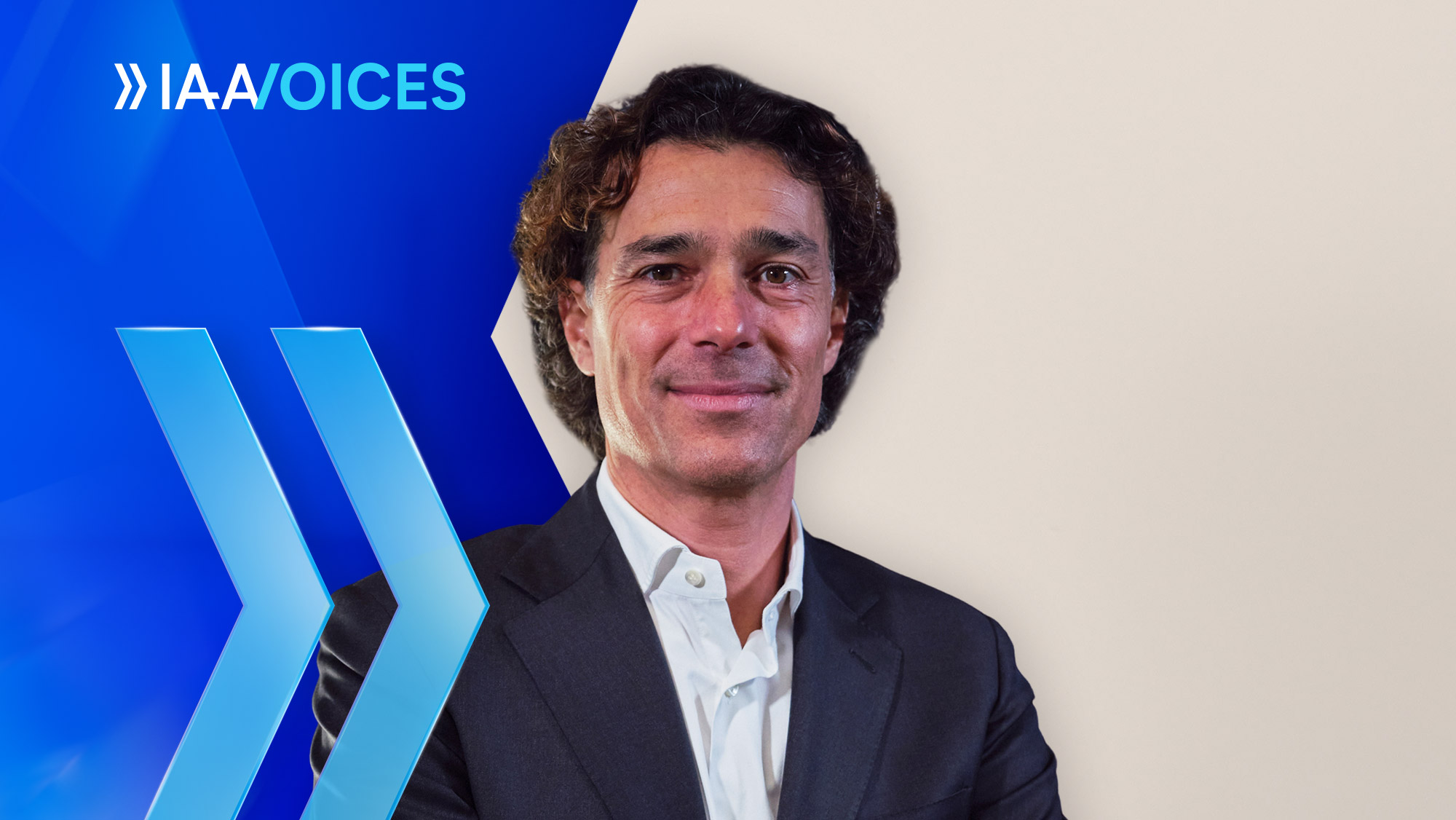
1. How are the connections between the energy and mobility sectors currently changing – and what role does a format such as IAA MOBILITY play in this?
Energy and mobility are becoming increasingly intertwined. Energy is the foundation for everything – for people, for businesses and, in particular, for the mobility of tomorrow.Energy networks and charging infrastructure are no longer just technical prerequisites, but the backbone of an intelligent, flexible system. At the same time, electric cars are also becoming part of the energy system.Formats such as IAA MOBILITY – and in particular our joint New Energy Experience – bring this change to life: they bring the players together, create new alliances and accelerate innovation at the intersection of energy and mobility.
2. What ideas do you want to promote at the IAA when it comes to the transformation towards sustainable, connected mobility?
With the E.ON New Energy Experience, we are showing that energy supply goes far beyond simply providing electricity: we enable integration, flexibility and new business models. Together with over 30 partner companies from a wide range of industries, we will be presenting concrete solutions on 10 September 2025 – from flexible electricity tariffs and intelligent building solutions to megawatt charging infrastructure for logistics.Our goal: to make electric mobility attractive, scalable and accessible to everyone.
3. How important do you think it is for energy companies such as E.ON to have a more visible presence on mobility platforms such as the IAA?
It is crucial. Because the mobility of the future is electric – and inconceivable without a powerful, intelligent energy system. E.ON has the infrastructure, experience and partners to actively shape this future. For us, presence at the IAA is not just about communication, but also a statement: we see sector coupling as our responsibility – and are shaping the transition together with our customers and partners.
4. Which technological trends in the areas of charging infrastructure, flexibility management or urban planning are you currently watching particularly closely?
Megawatt charging, bidirectional charging (V2G) and grid-friendly management of charging processes are at the top of the agenda. At the same time, we are seeing a profound change in urban development: traditional parking spaces are becoming connected charging and energy hubs. All of this contributes to one goal – a flexible energy system that uses energy resources efficiently, controls them intelligently and provides them at a fair cost. Energy is the backbone of Europe – and more relevant than ever in the current climate.
5. How can an industry dialogue on equal terms help to implement concrete solutions more quickly?
NeX25 grew out of our eMobility business – and we are delighted to be working with the VDA and Messe München to realise this unique format at the intersection of energy and mobility. Only through genuine dialogue can solutions be developed that can be scaled up. No sector can master the transformation alone – only together, in equal partnerships, can we achieve sustainable progress. NeX offers precisely this space: for exchange, for partnerships and for bold new ideas.
6. What is your ideal vision for the next ten years?
My vision is a Europe in which mobility, energy and digitalisation interact seamlessly. Vehicles, buildings and networks communicate in real time. Energy is generated where it is needed – and is stored, shared and used intelligently. We are creating a system that is quiet, emission-free and affordable – and one that puts people at the centre. We are working on this – tirelessly and with conviction.